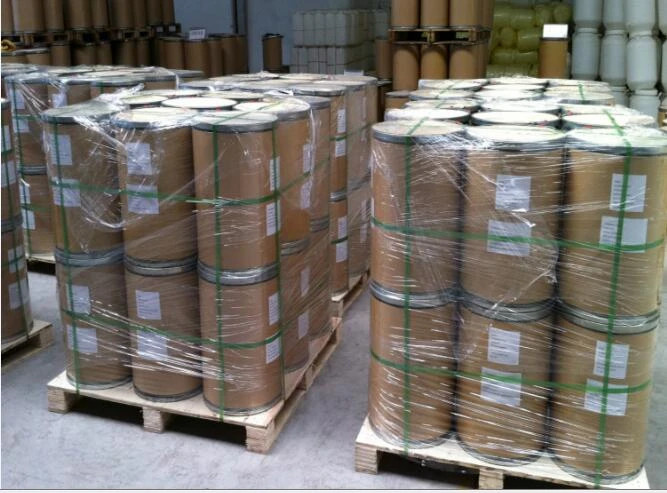Polydadmac in Water Treatment An Overview
Water treatment is an essential process that ensures the safety and quality of drinking water, various industrial waters, and wastewater. Among the myriad of chemicals used to enhance water treatment processes, Polydadmac (Poly(diallyl dimethyl ammonium chloride)) has emerged as a significant agent due to its effectiveness in coagulation and flocculation.
Polydadmac is a cationic polymer that plays a critical role in removing suspended solids, organic matter, and microorganisms from water. Its charged nature allows it to interact with negatively charged particulates, leading to the formation of larger aggregates that are easier to separate from the water. This property makes Polydadmac an efficient coagulant, particularly in various applications including drinking water treatment, wastewater management, and industrial processes.
Polydadmac in Water Treatment An Overview
Moreover, Polydadmac has been favored for its lower dosage requirement compared to conventional coagulants. This not only leads to reduced operational costs but also minimizes the generation of sludge—a significant issue in water treatment. The reduced sludge production is particularly critical in wastewater treatment facilities, where managing sludge can often present logistical and environmental challenges.
polydadmac water treatment

In addition, Polydadmac contributes to the enhancement of particle removal efficiency. Studies have shown that it can significantly improve the removal rates of microorganisms, including bacteria and viruses, which is a crucial factor in ensuring microbial safety in drinking water. As waterborne diseases continue to pose a public health challenge, the use of effective coagulants like Polydadmac is becoming increasingly important.
Environmental considerations are also worth noting. Polydadmac is often regarded as more environmentally benign compared to some traditional coagulants. Its degradation products are less toxic and pose fewer risks to aquatic life, which is an essential factor in today’s environmentally conscious water treatment practices.
However, it is critical to note that while Polydadmac is highly effective, its use must be properly managed. The dosing must be optimized, and the potential for residual pollutants in treated water should be regularly monitored. As with any chemical used in large-scale applications, there are stewardship and regulatory considerations that need to be addressed.
In conclusion, Polydadmac represents a valuable tool in the arsenal of water treatment chemicals. Its effectiveness in a range of conditions, lower environmental impact, and cost-effectiveness make it an appealing choice for various applications. With continued research and advancement in treatment technologies, Polydadmac’s role in ensuring safe and clean water is likely to grow, contributing to improved public health outcomes and sustainable water management practices. As the world faces increasing water scarcity and quality challenges, innovations like Polydadmac may provide significant solutions for pressing water treatment needs.

